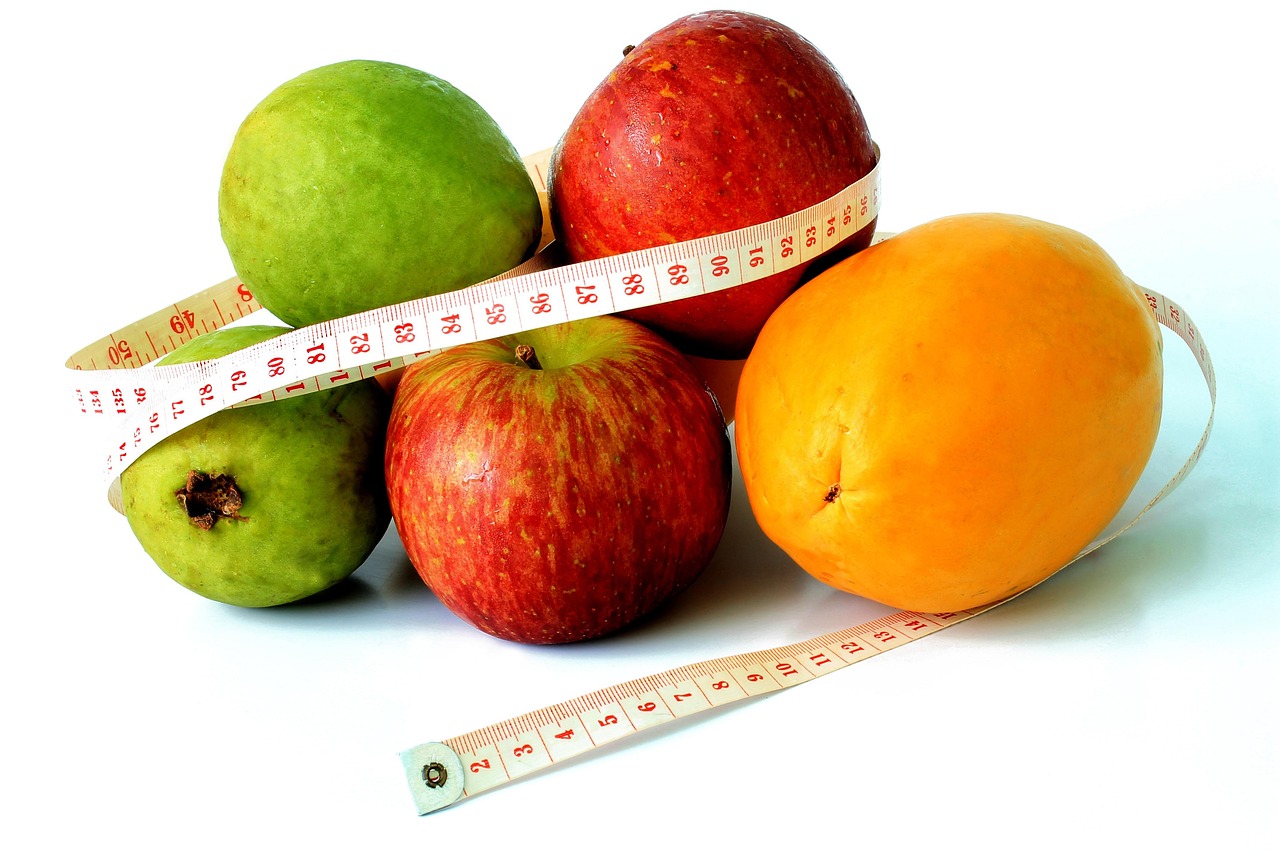Parts Per Converter
A Parts Per Converter is a tool or system that allows the conversion of concentrations or measurements from one "parts per" unit to another. The term "parts per" is commonly used in fields like chemistry, environmental science, and engineering to represent the concentration of one substance in relation to another, usually in very small quantities.
A Parts Per Converter is a tool or system that allows the conversion of concentrations or measurements from one "parts per" unit to another. The term "parts per" is commonly used in fields like chemistry, environmental science, and engineering to represent the concentration of one substance in relation to another, usually in very small quantities.
Common "Parts Per" Units:
-
Parts per Million (ppm): This is one of the most commonly used units, especially in environmental science, chemistry, and air quality monitoring. It represents one part of a substance per one million parts of a solution or mixture.
- 1 ppm = 1 milligram of solute per liter of solution (mg/L), or 1 microgram per liter (µg/L).
-
Parts per Billion (ppb): A smaller unit compared to ppm, representing one part of a substance per one billion parts of a solution.
- 1 ppb = 1 microgram of solute per liter of solution (µg/L).
-
Parts per Trillion (ppt): A much smaller unit, representing one part of a substance per one trillion parts of a solution.
- 1 ppt = 1 nanogram of solute per liter of solution (ng/L).
-
Parts per Hundred (pph): This is simply the percentage of one substance in a mixture, representing parts per 100.
- 1 pph = 1% of the substance in the solution (i.e., 1 part per 100 parts of the mixture).
How a Parts Per Converter Works:
A Parts Per Converter helps convert concentrations between various "parts per" units, such as ppm, ppb, ppt, and pph. These conversions allow for easier comparisons of concentration measurements across different units.
For example:
-
Converting ppm to ppb:
- 1 ppm = 1000 ppb
- So, 5 ppm = 5000 ppb
-
Converting ppm to pph:
- 1 ppm = 0.0001% pph
- So, 100 ppm = 0.01% pph
-
Converting ppb to ppt:
- 1 ppb = 1000 ppt
- So, 5 ppb = 5000 ppt
Applications of Parts Per Converters:
-
Environmental Science:
- Air Quality Monitoring: Measuring pollutants like ozone, carbon dioxide, or nitrogen dioxide often involves units like ppm, ppb, and ppt. A parts per converter allows the conversion between different concentration levels for easier analysis and comparison.
-
Chemistry and Lab Work:
- In laboratories, concentrations of chemicals are often measured in parts per million or parts per billion, and a converter helps to switch between these units when needed, such as for dilution calculations or comparing different substances.
-
Toxicology and Health:
- In toxicology, the presence of hazardous substances in air, water, or soil is often expressed in ppm or ppb. Converting these units can be crucial in assessing potential health risks or regulatory compliance.
-
Agriculture:
- Parts per units are used in agriculture to measure concentrations of fertilizers, pesticides, or soil nutrients. A parts per converter can help farmers or agronomists convert the units when assessing soil samples or pesticide concentrations.
-
Water Quality Testing:
- The concentration of various substances in water, such as lead, mercury, or chlorine, is often expressed in ppm, ppb, or ppt. A converter allows easy conversion for water treatment professionals when comparing results against regulatory standards or for mixing solutions.
-
Food and Beverage Industry:
- In food and beverage manufacturing, ingredients and preservatives are sometimes measured in ppm or ppb. A converter helps manufacturers ensure their products meet quality control standards and are safe for consumption.
Conclusion:
A Parts Per Converter is a tool that helps to convert concentrations of substances measured in one "parts per" unit (ppm, ppb, ppt, pph, etc.) into another. This is especially useful in scientific research, environmental monitoring, toxicology, and industries like agriculture, food, and water treatment. It simplifies the process of comparing concentrations and performing necessary calculations across different measurement units.
If you need help with a specific conversion, feel free to ask!













